
Taking Time to Heal: Acupuncture Strategies for Treating Chronic & Degenerative Conditions.
Healing often requires a period of austerity and conservation within the body. In Chinese medical terms this is called “nourishing the Yin.” It can be likened to the season of winter, where the environment goes inward to rebuild and restore vitality, readying itself for a new bloom.
To many of us in this hectic, active culture “nourishing the Yin” can feel uncomfortable, even torturous. We may feel tired or achy: both signs the body is rebuilding itself. We may witness our lives slowing down: less social activity, less excitement coming into our energetic fields. Sometimes it may feel as if we are getting weaker, or sicker. Or more lonely or boring. Yet this is not true. Seemingly getting worse, we are actually getting better. Spring and Summer always require the quiet stillness of Winter to germinate and manifest.
In my acupuncture clinic, I see many patients with chronic ailments, deficiencies, weaknesses, even autoimmune or degenerative conditions. For most of these people a period of rebuilding vitality, especially their depleted “Yin” is a necessary first step towards healing. To translate, the term “Yin” most closely relates to the hormones within the body: that which regulates growth and the body’s rebuilding capacity. For most people with chronic conditions marked by deficiency, the Yin is often what is most damaged and depleted.
Philosophically and psychologically, healing requires that we slow down and also begin to reflect. This is the only way we can rebuild our vital substances (blood, hormones, fluids, energy), but it also allows us to “take stock” of our lives, habits, behavior, thoughts and relationships. We must begin to gain insight and awareness into that which is depleting our energy, draining our blood, consuming our hormones. On a physical level, inflammation in the body is the main consumer of blood, fluids and energy. Inflammation can occur due to an unresolved infection, a lingering pathogen or excessive negative, unresolved thoughts, emotions and trauma.
In my experience with patients, illness and body disfunction is often concurrently due to both the physical and the mental-emotional. One area may be the focus, but addressing both is essential to complete healing. Discovering both becomes the healing journey. We must create a healing mentality in addition to clearing toxins and changing our behavior. Complete healing sometimes requires major lifestyle and mental shifts. It requires letting go of old experiences, thoughts and memories.
To embark on a healing journey, one must slow down and learn to reflect. I often hear from patients when they begin treatment: “how long will this take?!” It’s always hard to say, and certainly the mentality of a healing novice. The impatience to heal fast is often a sign of dysfunction of the “Yin,” causing excessive heat. The irony being, to heal fast requires patience, slowing down and surrendering to the body’s wishes. Excessive control, ambition and impatience creates stagnation within the body’s energy and blood systems which cause inflammation and consumption. The more we can stop, surrender and let go, the quicker the healing journey moves.
The major acupuncture channel system used to “nourish the Yin” is that of the Kidneys. Energetically this is deepest area of the body: the reservoir of vital energy. It is the system that regulates all others. To tap into the reservoir gets the body’s self-renewal capacity moving. This capacity is natural to the body. Like the seasons, with Winter being the time of renewal, there should naturally be a time of rebuilding, restoration and reflection for the body. Yet often, with our busy lives, excessive desires and drives, for many of us Winter is never allowed to come. We remain in a period of summer excessive growth and expression all the time, never allowing ourselves to rest and restore.
The acupuncture channel Chong Mai is often called the “blueprint” of the body. It is the main reservoir of energy, called the “Sea of Blood” by the Chinese medical classics. This “Extraordinary” or constitutional vessel follows the Kidney’s acupuncture channel through the abdomen and chest, creating connection between the body’s deepest reservoir and the Kidneys as the “power center” that distributes vitality throughout all systems.
When dealing with chronic conditions, especially if there is degeneration occurring, there are two initial strategies to follow. If the patient’s body is showing signs of excessive inflammation and/or dampness (fluid retention or blood stasis: accumulations) the first priority should be a strong detox. The Extraordinary Vessel Dai Mai (the belt vessel) can be utilized to clear the constitutional level of the body quickly and strongly. This vessel utilizes Liver and Gallbladder acupuncture points, creating a detoxification from the lower portals of the body.
However if the person’s current condition is marked by severe deficiency and depletion of energy, blood and fluids, Chong Mai is best utilized to build back the body’s resources so they can be used later for detoxification when the person is stronger.
In classical acupuncture treatment, no two patients are treated the same, even if they share a medical diagnosis or have the same condition. A person’s individual constitution, and the level to which their condition has affected their bodies must be assessed and honored. A person’s personality and nature, as well as their individual experiences must also be acknowledged in treatment. To treat classically is to treat the entire person, as a individual, not as a statistic.
Working with Dai Mai gets the Liver energy to strongly purge toxins the body is holding onto through the bowels via urination and defecation. Latency: unresolved pathological factors are often stored around the belt as fat. Otherwise in the intestines, gut or joints. Combining the Extraordinary Vessel Yang Wei Mai to Dai Mai not only purges latency and toxicity from the gut and bowels, but also from the joints and the head (sinus cavity especially).
“Draining dampness” through a purge can also be mentally and emotionally clarifying. Chronic conditions are often complicated by confusion. The body loses its ability to discern what is good and bad for us, often caught up in addictions, compulsions, sentimentality and hoarding. A person can undergo a mental-emotional purge via Dai Mai and Yang Wei Mai. Old memories come out, a strong desire to clean up one’s life can emerge; mysteriously a person may even witness people, places and things disappear from their lives, as energetic resonance with these old worn out things is cleared. I often hear from patients after such treatments that they’ve gone home and cleaned out all their closets, or they report that difficult people in their lives just disappear, or conflicts and addictions clear up.
Draining dampness can also change a person’s cravings, reducing the need for sugar and carbohydrates (quick energy). Dampness is the factor that keeps us stuck, obsessed, self-medicating. To clear dampness reduces the need to “dampen” our experience of life and view into ourselves.
When dampness is reduced in the body, a person usually feels lighter with more enthusiasm and capacity to make changes in their lives. The pull of addictions becomes less, and the person begins to desire foods and behaviors that are empowering and clarifying instead of distracting and weakening. Yang Wei Mai allows a person to look into the future with enthusiasm and courage instead of confusion and dread.
The Gallbladder’s acupuncture points (utilized by Dai Mai) are that which best clear the constitutional level of the body, while the Kidney’s acupuncture points (as utilized by Chong Mai) are best at rebuilding the constitution.
Chong Mai works to rebuild the body through using the body’s reservoir (the blueprint) to support and strengthen digestion and metabolism. The channel begins at a very important digestive point on the pelvic region called Qi Chong: the energy of Chong Mai, or the street of Chong Mai (ST-30). This is the place where energy from the reservoir emerges to flow into the Kidney’s acupuncture channel on the abdomen. The Kidney points on the lower abdomen are used chiefly to “nourish the Yin” and rebuild the root vitality, while the points on the middle abdomen are used to strengthen digestive function: transformation and transportation of nutrients. The Kidney points on the chest have a strong impact on the spirit.
Combining Chong Mai with Yin Wei Mai strongly links a person with their past to give insight into their spiritual path, experiences and the lessons they’ve gained along the way. The digestive aspect of this process is optimizing the nourishing quality of our experiences to empower our vitality and strength. We can become weakened by our past or strengthened by it. It all depends on our ability to metabolize it.
Many say the root of degenerative conditions, and many chronic ailments in general is improper metabolism. Philosophically this can be seen as the inability to utilize life experience and challenge in a nourishing, empowering way. There’s a tendency to either accumulate with the inability to let go of the past (Dai Mai), or to become weakened by our experiences (Chong Mai). Either strategy aims to strengthen the body at the deepest level so we can gracefully accept and utilize our lives and experiences for growth.

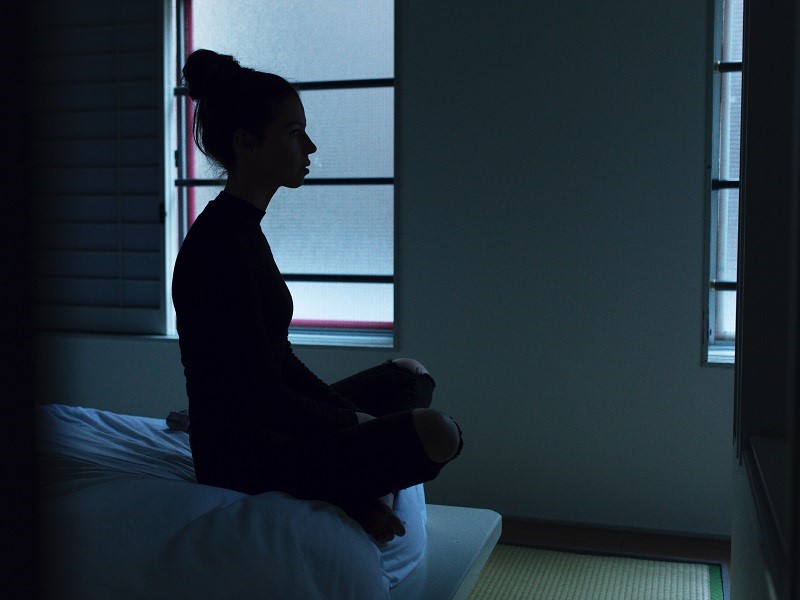
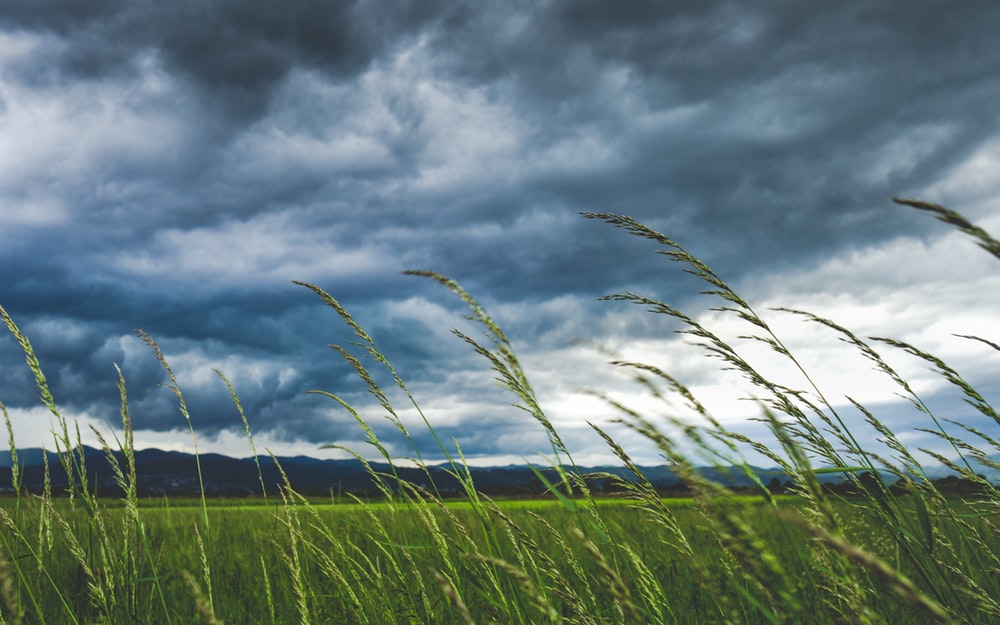
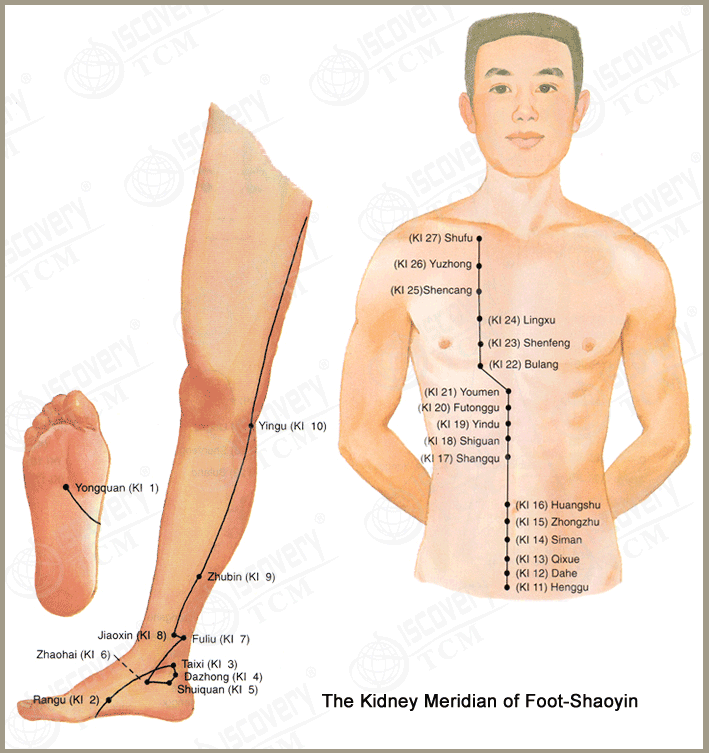
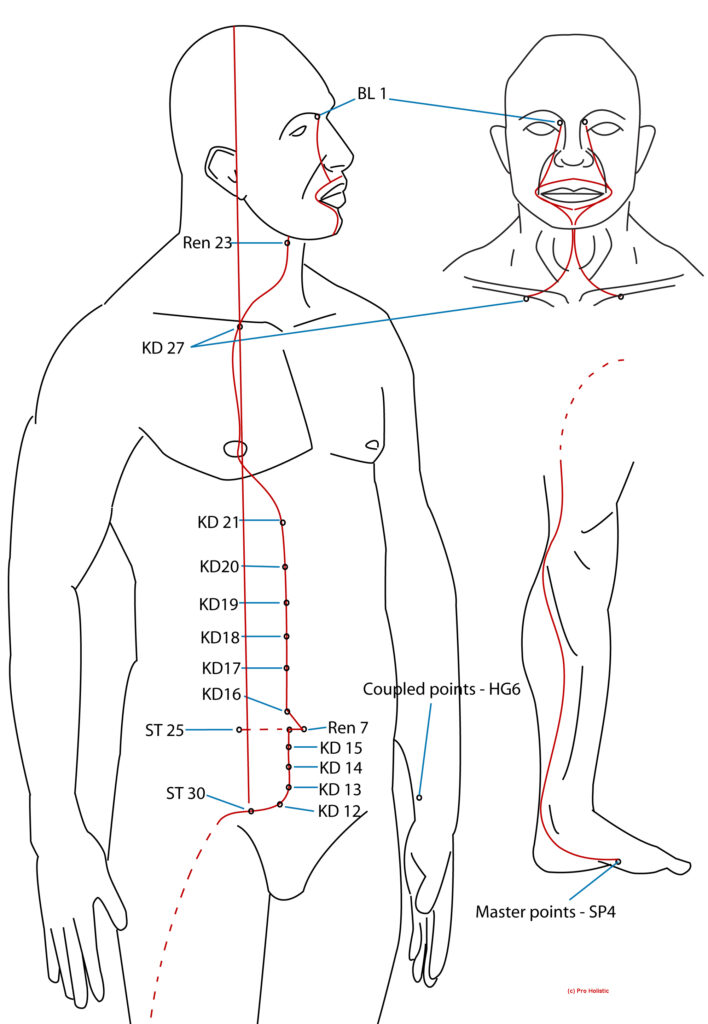
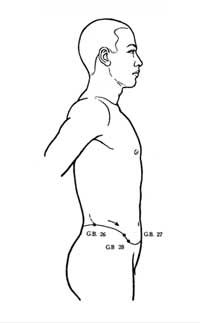
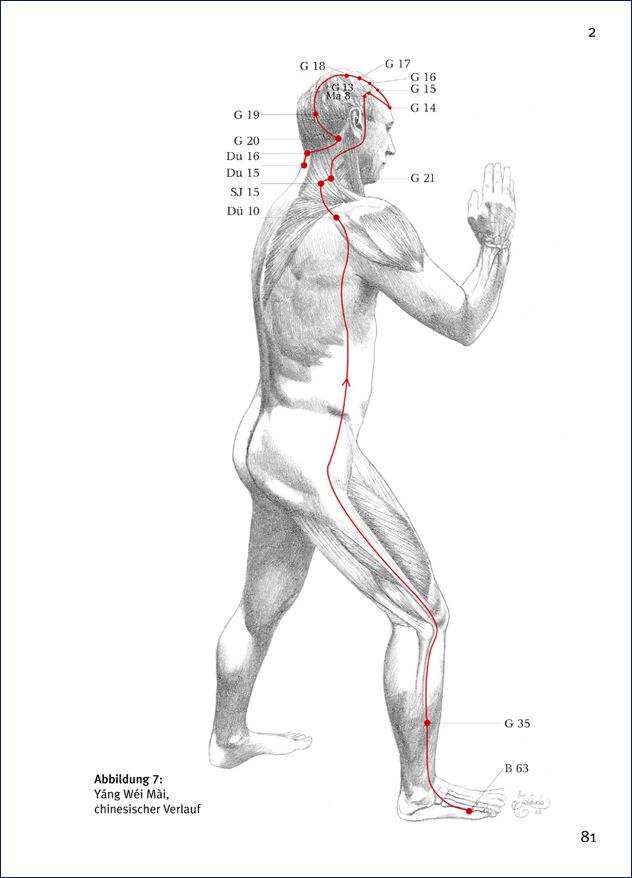





No Comments